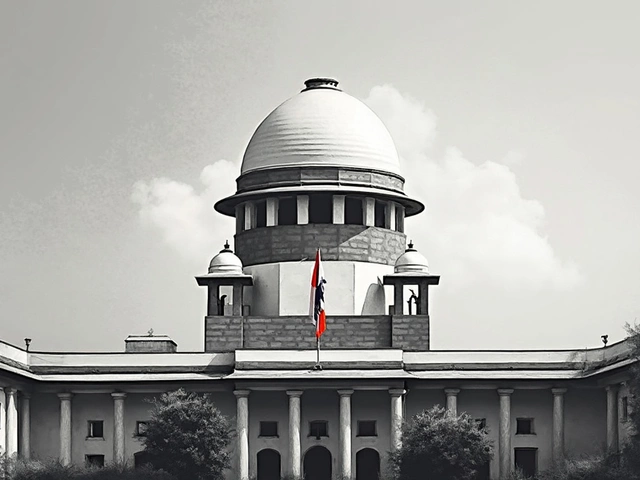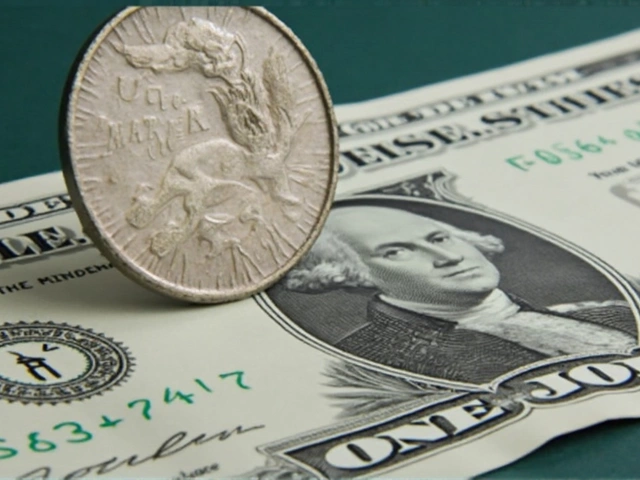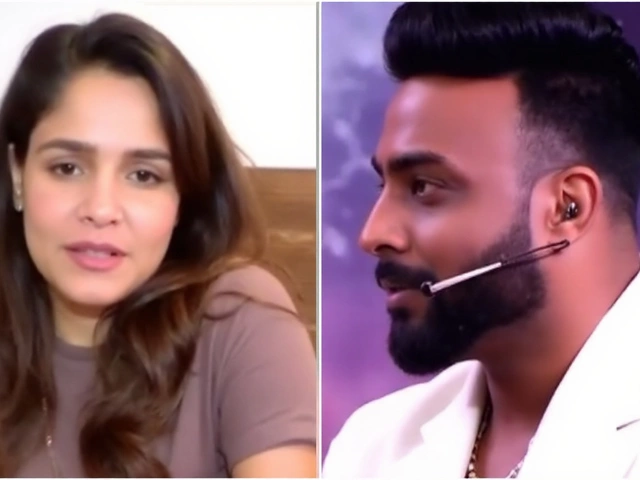Media Analysis: How to Spot Bias and Trust What You Read
Ever wonder if a news site is playing favorites? You’re not alone. Media analysis is all about asking the right questions, spotting hidden angles, and deciding whether a story feels fair. In this guide we’ll break down simple steps you can use every time you click ‘Read More’.
Check the Source’s History
First thing to do is look at the outlet’s track record. Does it have a reputation for leaning left, right, or staying neutral? A quick search for the site’s name plus “bias” can reveal common critiques. For example, many readers label Thewire.in as having a liberal tilt, while others say it balances multiple viewpoints. Knowing the general perception helps you set the right expectations.
Ask the Core Questions
When you open an article, ask yourself three quick questions: Who wrote it? Who funded it? What facts are missing? If the author’s bio shows strong political ties, that’s a clue. If the site relies heavily on ad revenue from one industry, the coverage may slant toward those advertisers. And if the piece skips key data or opposing quotes, it’s a red flag.
Next, compare the story with at least two other outlets. If most sources agree on the main facts, you’re probably looking at a solid piece. If one outlet stands out with a dramatically different angle, dig deeper to see why. This cross‑checking habit builds a habit of balanced reading.
Language matters, too. Words like “obviously,” “clearly,” or “undeniably” can signal the writer is pushing an opinion rather than presenting facts. Look for neutral verbs and specific evidence – numbers, dates, direct quotes. The more concrete the detail, the more trustworthy the piece.
Another useful trick is the “five‑W” test: Who, What, When, Where, Why. A good article will answer each of these without leaving big gaps. If you finish a story still wondering why something happened, the author may have omitted crucial context.
Social media adds another layer. Posts often cherry‑pick headlines or use sensational images to grab clicks. Before you share, scroll past the headline and read the full article. Ask if the image truly reflects the story or if it’s meant to stir emotion.
Practice makes perfect. Start with one article a day and apply these steps. Over time you’ll notice patterns – certain outlets might consistently omit certain viewpoints, while others provide a broader spectrum. Recognizing these patterns helps you decide which sources to trust for daily news.
Finally, remember that bias isn’t always a bad thing. Knowing an outlet’s slant lets you weigh its perspective against others. The goal isn’t to find a ‘perfectly neutral’ source – it’s to build a habit of questioning and cross‑checking so you can form a well‑rounded view.
So next time you sit down with your morning news feed, pause for a second, ask the right questions, and enjoy a clearer picture of what’s really going on. Your brain will thank you for the extra clarity.
Is Thewire.in biased?
After exploring various articles and viewpoints, it seems there are mixed opinions about whether Thewire.in exhibits bias. Some argue that the digital publication leans towards liberal ideologies, potentially influencing its reporting. Others feel that the site provides a balanced perspective, giving voice to diverse opinions and covering a wide range of topics. My personal take is that it's crucial to consume news from multiple sources to avoid potential bias. Ultimately, any perceived bias in media outlets like Thewire.in is subjective and depends largely on individual interpretation.





